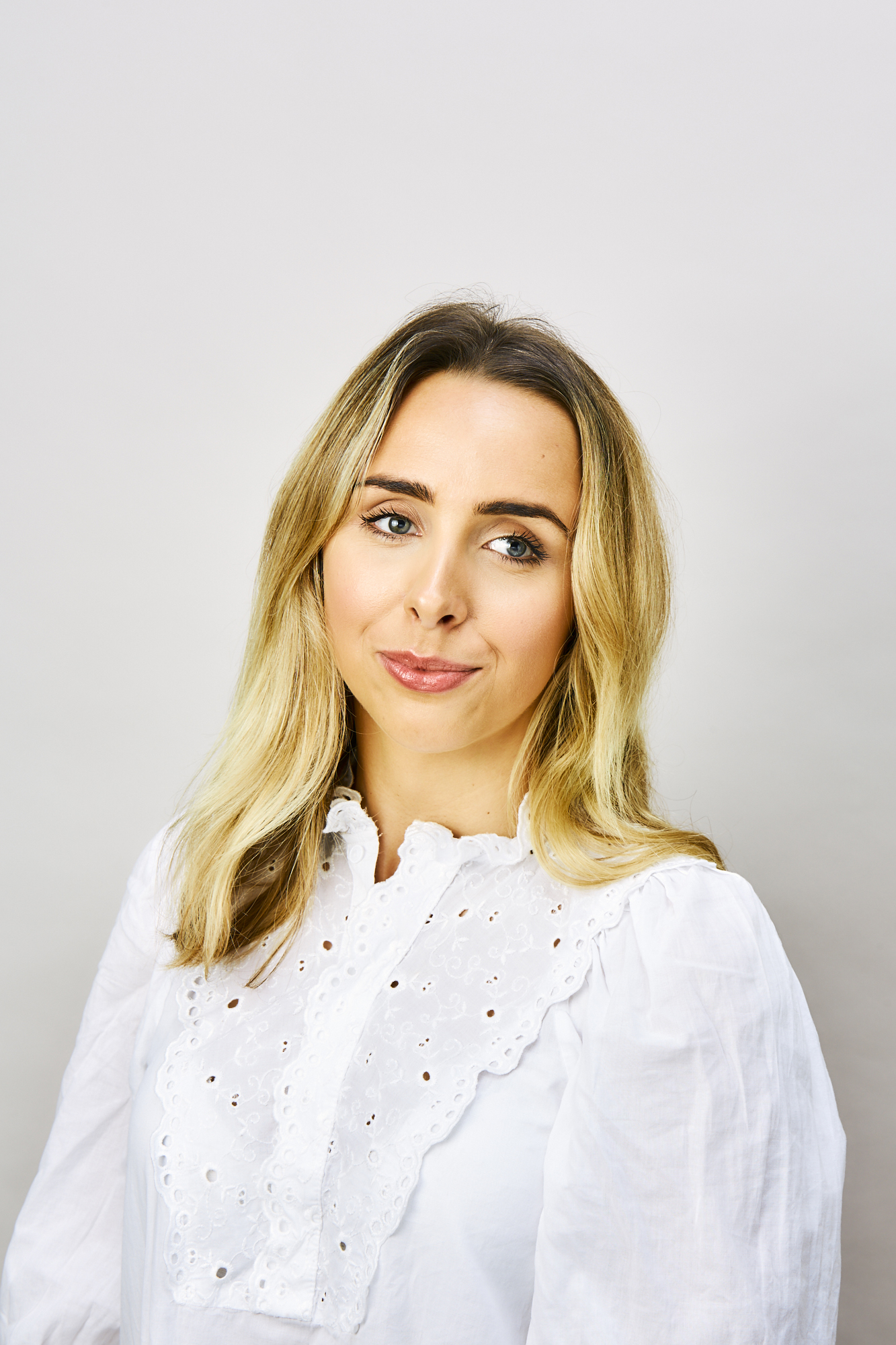What is red light therapy? We explain the collagen-boosting treatment
Experts swear by it, but what is red light therapy and how does it benefit our skin?


"What is red light therapy?" is a question that's frequently brought to dermatologists, skin experts and beauty editors alike. LED light therapy – including red – has been linked with helping with many major skin concerns, from hyperpigmentation and acne to fine lines and dullness.
What's more, thanks to new at-home devices, red light therapy is more easily available in our skincare routine than ever before. “LED light therapy has been used for over 30 years to help accelerate wound healing as well as to stimulate the production of collagen and elastin,” says Dr. Maryam Zamani, founder of MZ Skin. It was first developed by NASA to help astronauts with tissue healing and repair in space and, she adds, "has evolved to also help skin cells absorb topical skincare products more effectively."
Speaking about red light therapy specifically, Dr. Zamani adds that it can help you achieve a host of skincare results, including “profound anti-ageing benefits.” From how LED works to what it targets, our expert guide will answser "what is red light therapy" once and for all – as well as sharing the in-clinic LED treatments and best red light therapy devices to try now.
What is red light therapy? Experts explain the need-to-knows
What does red light therapy do?
“LED works just like any other topical skincare ingredient,” explains Dr. Dennis Gross, dermatologist and founder of Dr. Dennis Gross Skincare. “Our skin cells have receptors for LED, meaning light will enter the skin cell, connect to a unique LED receptor and trigger the body to convert light energy into cellular energy.” In terms of red light specifically, the LED enters the fibroblast cell and stimulates collagen production – “diminishing fine lines and wrinkles,” explains Dr. Gross.
Other colours of light therapy, including blue and yellow, have also been recognised for their skin-savvy benefits. The difference is that each colour has a different wavelength and, therefore, has a different effect on the skin. Red (620–750nm) and yellow light (570–590nm) have long wavelengths that help on the surface of the skin, while blue light (450-495nm) has a short wavelength that targets pores.
What is red light therapy good for?
Now we understand the science, but what is red light therapy actually good for in practice? No one-trick pony, it has been found to help with many a skincare woe. One 2014 study found that subjects of red light therapy experienced a significantly improved complexion and skin feeling. “It stimulates the production of collagen and elastin to refine and strengthen the skin,” Dr. Zamani confirms. “In addition, red light therapy increases circulation and decreases redness-inducing inflammation and hyperpigmentation for prone skin types,” adds Dr. Gross. Want to know more about why this collagen boost is such a good thing? Our guide to what is collagen breaks it down.
What about blue and yellow LED lights?
Red light therapy isn't the only such treatment; colours of light can deliver different benefits to the skin. “Blue light therapy kills acne-causing bacteria,” says Dr Gross, “both treating and preventing breakouts.” Unlike some other acne-eliminating treatments, LED light therapy doesn't dry out the skin, so it's worth looking into if you've been wondering how to get rid of acne without causing dehydration. “Yellow light therapy reduces inflammation and boosts circulation,” explains Dr Zamani, who adds that this light is ideal for anyone looking for a solution for sensitive skin.
Sign up to our free daily email for the latest royal and entertainment news, interesting opinion, expert advice on styling and beauty trends, and no-nonsense guides to the health and wellness questions you want answered.
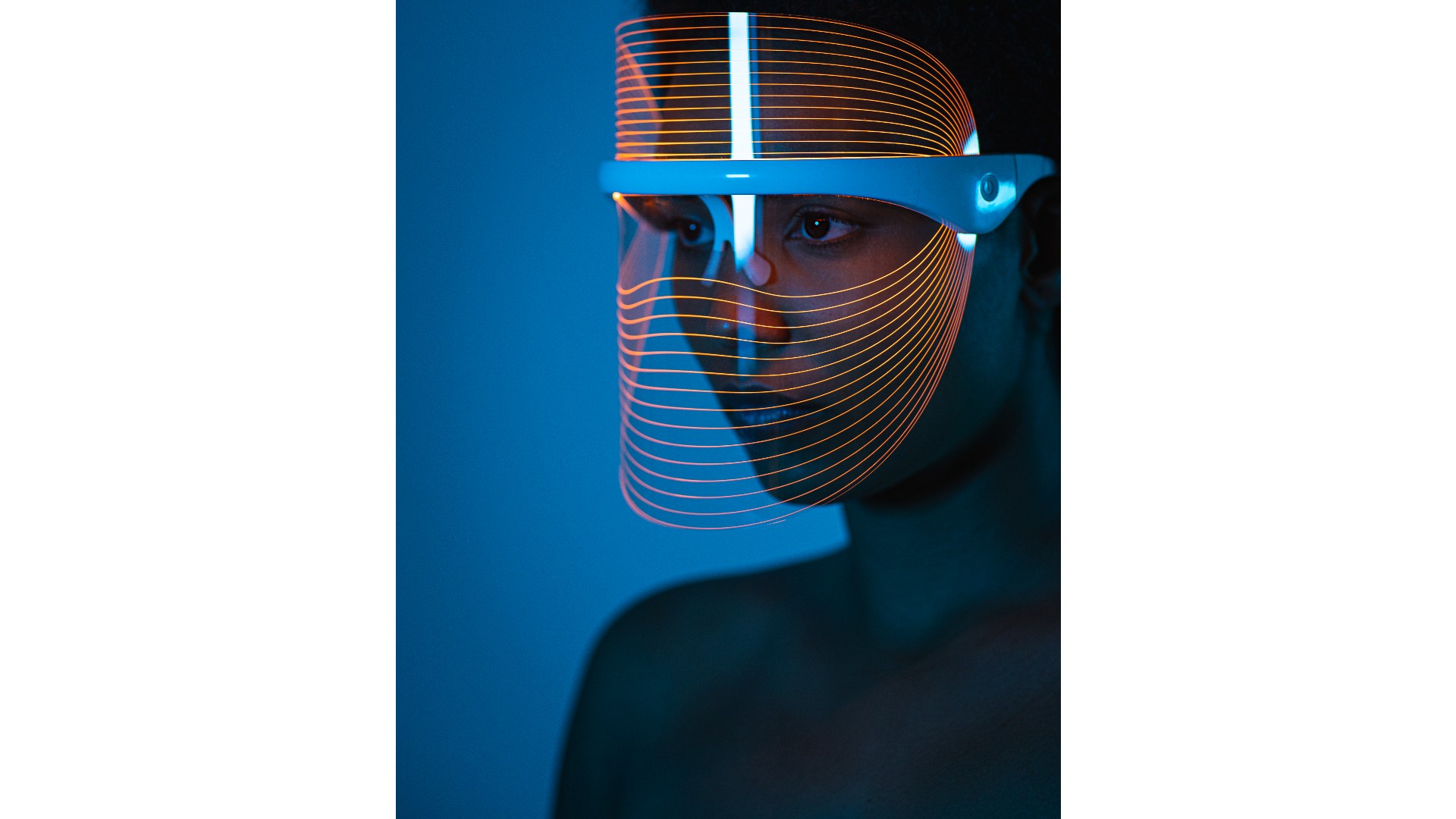
How long does it take to see results?
According to Dr. Gross, if you wear one of his LED devices for three minutes every day, you’ll start to see improvement in three to four weeks. “You’ll notice a reduction in wrinkles and fine lines, firmer skin, more even skin tone and texture as well as improvement in skin density.” However, while testing an LED device for her Dr. Dennis Gross DRx SpectraLite FaceWare Pro review, our beauty editor Rhiannon Derbyshire found the results began to show even more quickly than that.
Which skin type is red light therapy best for?
Most people are a good fit for red light therapy. “It is a truly universal treatment, meaning all skin types benefit from LED,” assures Dr. Gross. For anyone following a strict skincare routine for sensitive skin, Dr. Gross confirms that red light therapy is a great choice, “because it reduces redness and there’s no chance of chemical irritation.” His only word of warning: “If you have an active skin disorder, consult your dermatologist before beginning LED treatment.”
While it certainly sounds like a cure-all, is there a catch? So far, research into red light therapy is extremely promising but, as an emerging treatment, more studies are needed to fully back all of its claims.
The best professional LED light treatments to try
In the hands of professionals, LED light therapy is a painless, non-invasive treatment that’s increasingly used in salons, either on its own or as part of another treatment. Dr. Gross notes that it's anti-inflammatory, meaning it can help accelerate the healing process of other treatments such as chemical peels, gentle microneedling (like as the Aquagold Facial), or more invasive mechanical needling, such as Skinpen microneedling, as well as microdermabrasion.
The treatment itself is fairly simple. Eye protection is placed over your eyes before LED panels are positioned a few inches away from your face for 10–20 minutes, while you sit back and relax. Raring to go under the red light? These are our top treatments to try:
- LED Light Treatments at The Light Salon at Cowshed, Harvey Nichols, and Selfridges: For a quick, convenient facial, take your pick from one of five LED treatments that vary in time from 25 to 55 minutes. There’s blue light to help treat acne and help you nail how to get rid of pimples as well as the signature and signature body, using near-infrared light. Prices start from £45 and treatments are recommended every one to two weeks.
- LED Light Therapy Treatment at MZ Skin The Clinic: Using a combination of colour LED light therapy (red, blue and yellow), this treatment can help tackle acne, rosacea, age spots and sun damage. Prices start from £70 and the recommended course is 3-5 treatments, one week apart.
- Hydrafacial, nationwide locations: This famously glow-boosting treatment is focussed around deep exfoliation and flooding the skin with nutrients, but finishes with you and your therapist's choice of LED to soothe, calm inflammation, or kill bacteria as needed. Prices vary but expect to pay around £80 for 60 minutes.
The best light therapy devices to use at home
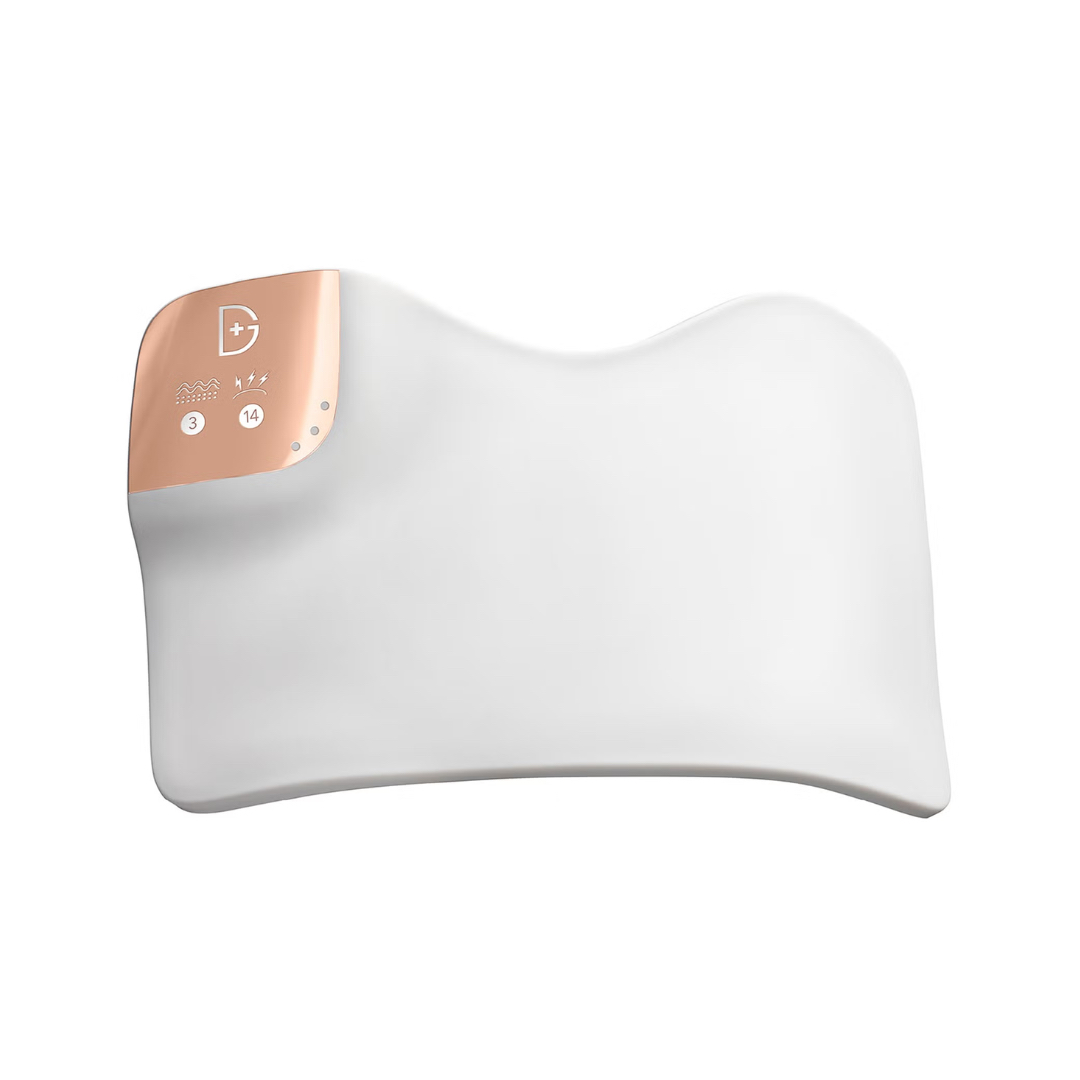
RRP: £430
And what is red light therapy going to achieve for the body? Exactly the same as the face! FDA–cleared, this high-tech device has a malleable shape that can be wrapped around any body part to stimulate collagen and fight bacteria using 148 red and 68 blue LED lights. After three minutes of use every day, skin looks happier and healthier.
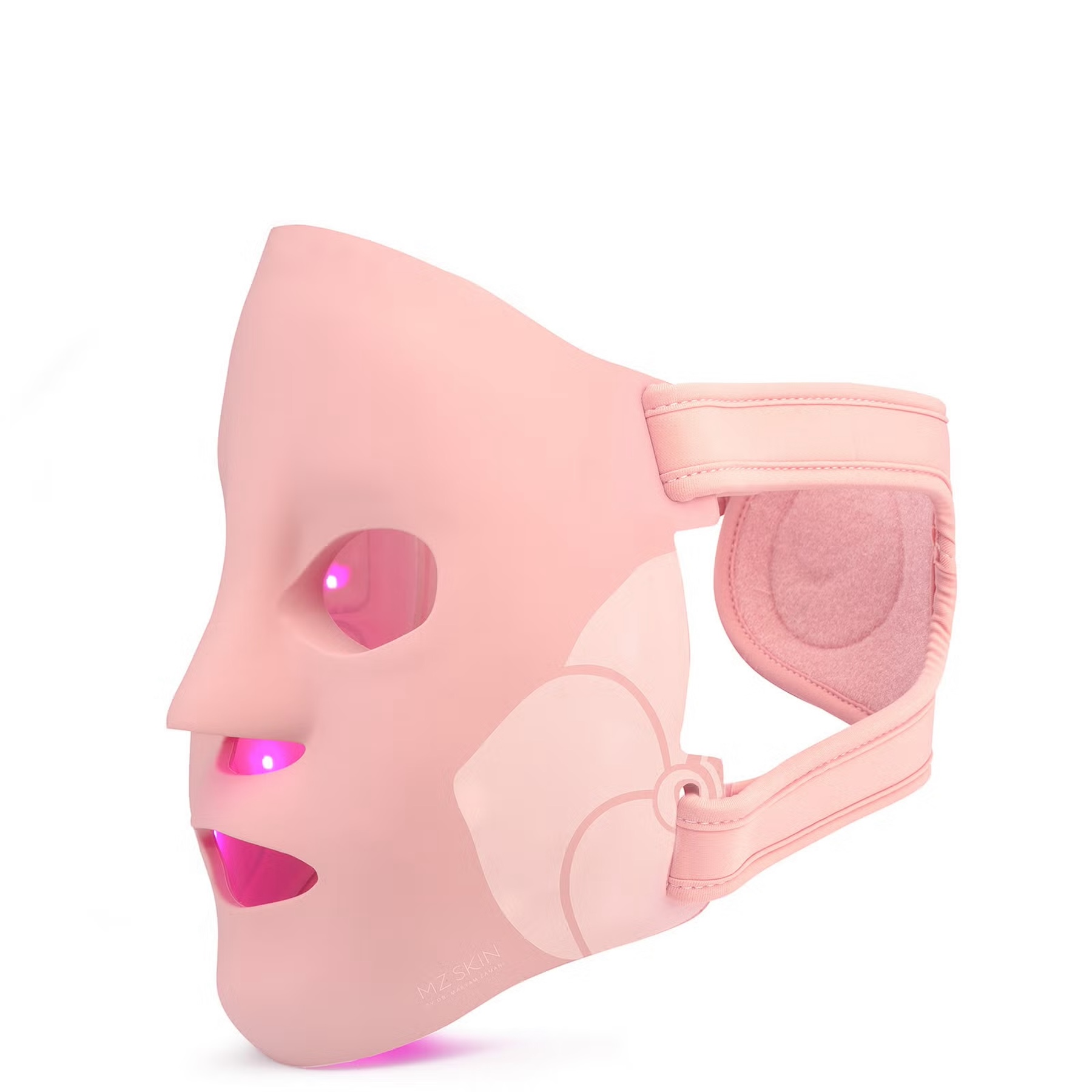
RRP: £545
If you’re after impressive results from the comfort of your home, turn your attention to this investment device from MZ Skin. “Our at-home LightMAX Supercharged LED 2.0 mask delivers comparable power to the machines used in the clinic,” says Dr. Zamani. “The anti-ageing mode offers red and infrared light clinically proven to reduce wrinkle depth by 36% in just four weeks.” Sold!
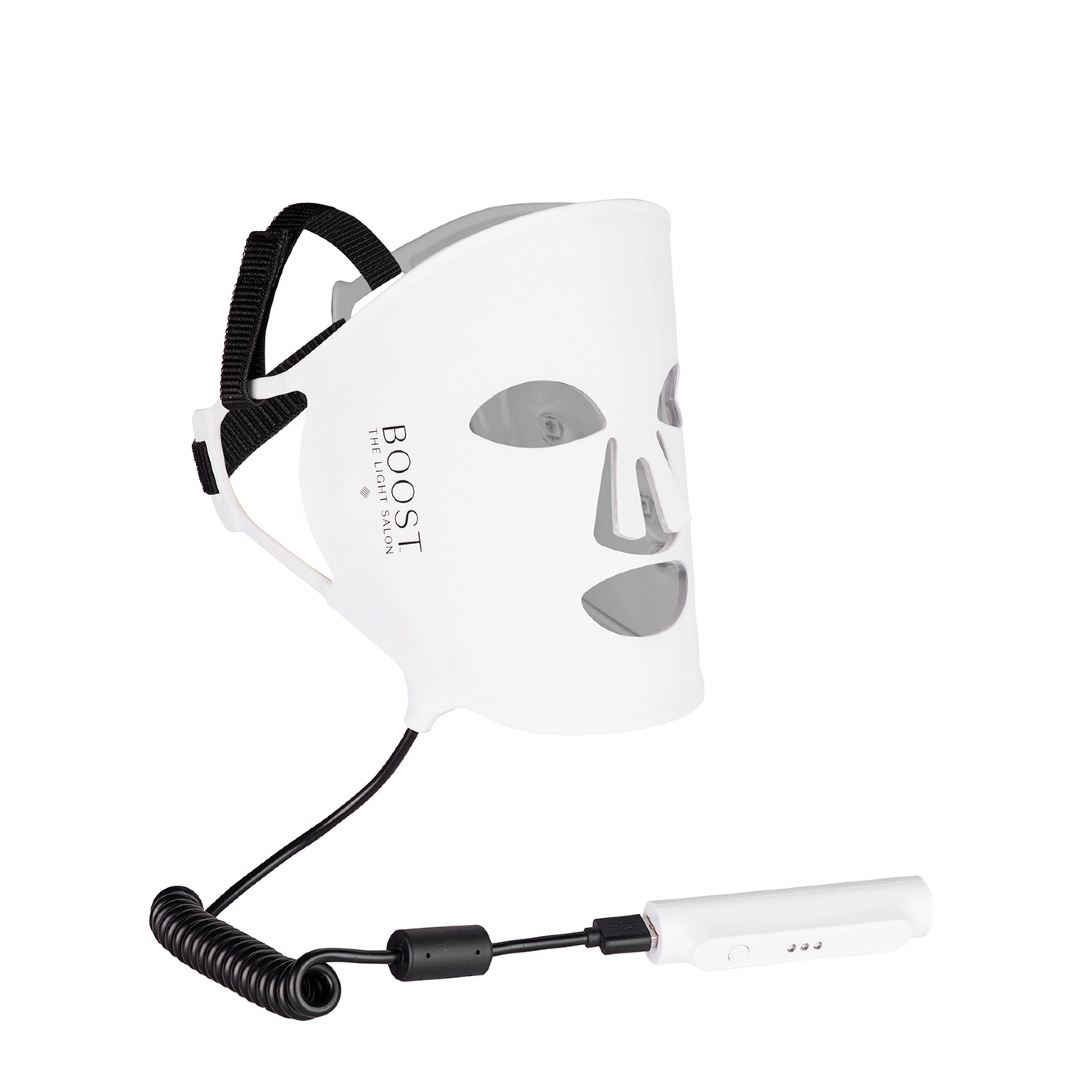
RRP: £395
Experience The Light Salon’s rejuvenating treatments in the comfort of your home with this LED Boost Mask. Featuring red and near-infrared light, the savvy device encourages healing, calms redness, and softens fine lines. Made from lightweight silicone, it’s super flexible and comfortable to wear – just leave it on for ten minutes, twice a week, for glowing results.
Emma Stoddart is a freelance beauty journalist and self-confessed skincare aficionado with over five years’ industry experience. Emma has worked for some of the UK’s top women’s titles including Net-A-Porter, Stylist and Grazia. Her experience spans online and print as well as producing editorial shoots with some of the industry’s biggest artists, including Val Garland. Asides from working with them behind the scenes, she’s also had the chance to interview the likes of Patrick Ta, Pat McGrath, and Sam McKnight for all their insider tips and tricks.
